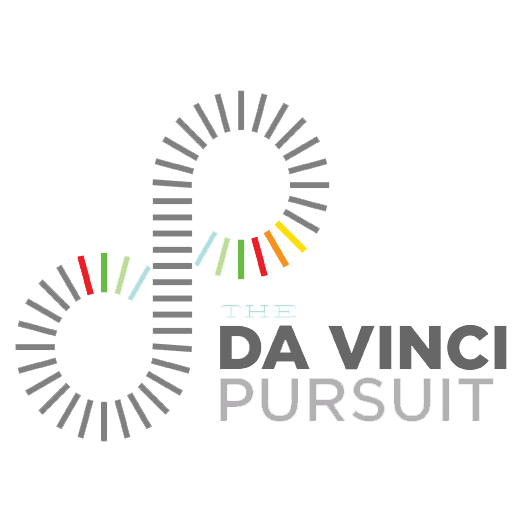About Megan
Megan attended Miami University and received a BFA, with a focus in painting and has been a practicing artist for 20 years. She is a colorist with a keen interest in the beauty of nature. Her paintings are ethereal, they invoke a sense of peace, wonder and stillness. For Megan, inspiration comes from the light hitting the distant land, amazing flowers and flora all around us and the infinite colors in the sky.
As a painter, Megan is much more interested in how the experience of creating feels and the alignment of it being joyful, at ease and flowing, than about the outcome being a direct result of a perfect depiction of subject matter. Painting is a graceful dance that keeps her focused in the moment and allows creation to happen from a calm and centered place.
One of the beautiful things about watercolor is that it forces Megan to work in the moment, to consider every stroke and proceed by allowing the material to behave in its natural way. The water and colors pool, drip, merge and bland. The outcome of this essence is unpredictable, bringing the joy of surprise.
In this free series, students will explore a variety of techniques, media and approaches to explore the nature around them. The classes will help students gain the skills needed to add watercolors to nature journals, as paintings, on fabrics, and for personal enjoyment.
This class is provided at no cost through the generosity of the daVinci Pursuit and its supporters. No special skills are expected or required.















